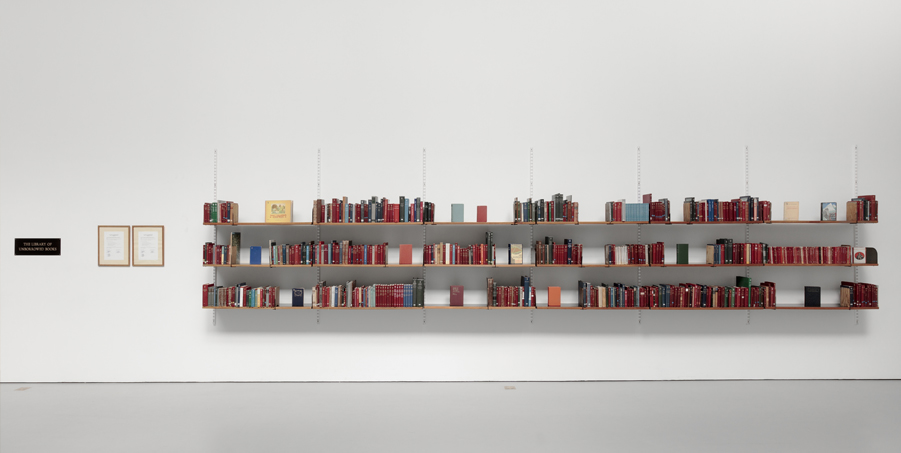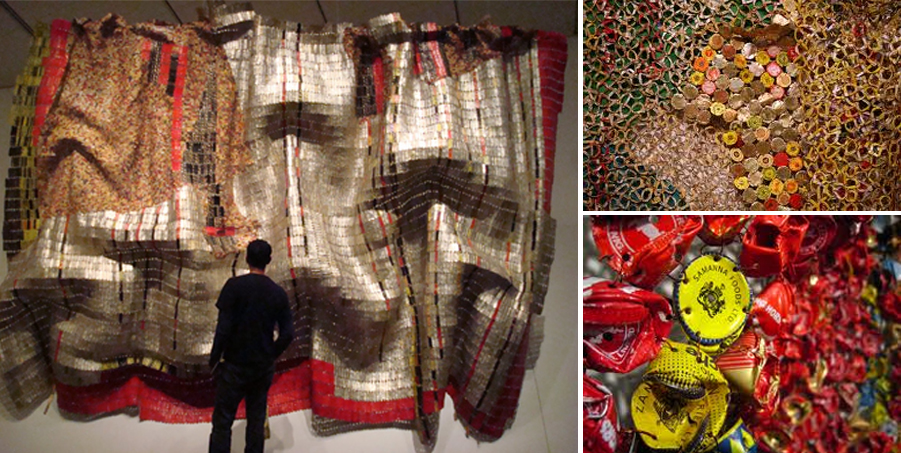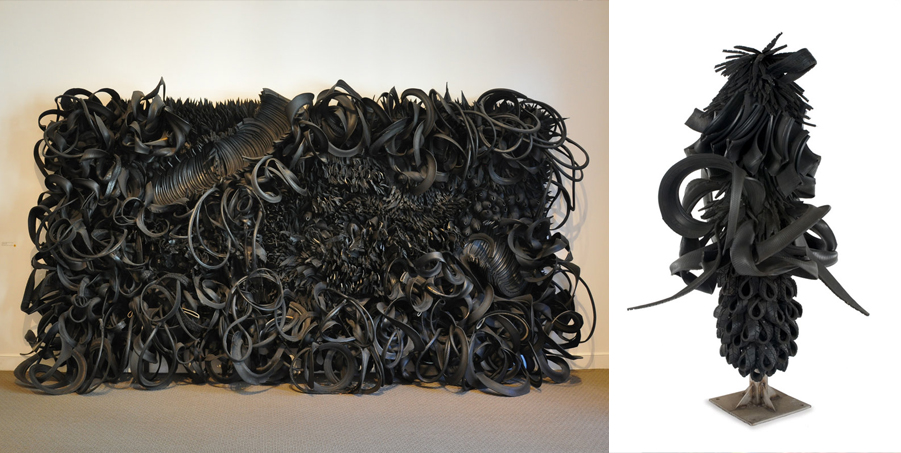 I’ve been thinking about this Joseph Campbell quote: “If the path before you is clear, you're probably on someone else's.” As artists, we really don’t know what effect our work will have once we put it into the world. Whether working for a client, collaborating, or preparing for a solo show, that uncertainty is always there.
As artists, we have to be confident enough to make work that is honest about who we are and the world we inhabit. We never know if we are good enough; there is not a set path for how to succeed or even a clear definition of what success means. Embracing that uncertainty and going forth honestly anyway is our job, the same way that when I waitress my job is to set aside my ego and serve the customer as well as I can, even when they are annoying and the kitchen is slow and I am so tired and I have my period and I just want to go home.
I’ve been thinking about this Joseph Campbell quote: “If the path before you is clear, you're probably on someone else's.” As artists, we really don’t know what effect our work will have once we put it into the world. Whether working for a client, collaborating, or preparing for a solo show, that uncertainty is always there.
As artists, we have to be confident enough to make work that is honest about who we are and the world we inhabit. We never know if we are good enough; there is not a set path for how to succeed or even a clear definition of what success means. Embracing that uncertainty and going forth honestly anyway is our job, the same way that when I waitress my job is to set aside my ego and serve the customer as well as I can, even when they are annoying and the kitchen is slow and I am so tired and I have my period and I just want to go home.
The worst part is, when you’re a waitress you know that it makes sense that in a city with a lot of people, there are lots of restaurants, because everyone needs to eat. But as an artist living in The Age of Mechanical Reproduction™, a lot of times it just seems like there is already enough art! You can buy a printed copy of any great painting, illustrated book, or amazing poster you like. Why make more? When I think about the sheer number of artists making things and trying to make a name for themselves, it boggles my mind. Throw in some heaping self-doubt and it’s enough to make you want to stop trying altogether.
I thought of this overabundance of art when I heard about Meriç Algün Ringborg recent show at Art in General, The Library of Unborrowed Books, in which she culled a selection of books from the Center for Fiction’s library. The piece, following the same guidelines as her 2012 show at the Stockholm Public Library, “comprise[d] all the books from a selected library that have never been borrowed.”
The show is a little embarrassing for the books. Claire Barliant of the New Yorker writes that “while [she] browsed [she] found [her]self searching for flaws in the books that might have made them undesirable” to others, which sounds like online dating. The Center for Fiction’s tumblr is ostensibly supportive, but incorrectly refers to Ringborg with male pronouns, so perhaps there’s a little buried resentment on their end.
But Michele Filgate of the Paris Review finds that the show made the books more attractive, writing, “there’s something about displaying the books as art that made me want to page through each and every novel. It’s as if all of the words put together are trying to say, We are necessary; we have stories to share.”
Although the mass of artists living today can be daunting, it is also be powerful. If there are that many of us who want to approach problems creatively, there are ways to harness that creative power to make the world a better place, and that is exciting.
The truth is, most of my artist friends think about a lot of the same questions I do. I see the different ways that we try to make ourselves and the world better through art, whether it be through an overtly political message or simply a celebration of creativity over consumption. Nobody has it all figured out, but everyone is trying.
 Artists like El Anatsui (go see his awe-inspiring show at the Brooklyn Art Museum!) and Chakaia Booker (read more about her here) are especially exciting to me, because of their approach to materials. They take objects that most people think of as ugly and disposable, and make them into gorgeous sculptures. It’s not just that this is a surprising thing to do, it’s also that their work acknowledges the world we find ourselves in, with all of its industrialized waste and ugliness, and finds beauty there. The detritus and tires and metal scraps that make up Booker and Anatsui's work are not so different from the unborrowed books in Ringborg’s piece. All three artists find value in objects that other people have ignored.
Artists like El Anatsui (go see his awe-inspiring show at the Brooklyn Art Museum!) and Chakaia Booker (read more about her here) are especially exciting to me, because of their approach to materials. They take objects that most people think of as ugly and disposable, and make them into gorgeous sculptures. It’s not just that this is a surprising thing to do, it’s also that their work acknowledges the world we find ourselves in, with all of its industrialized waste and ugliness, and finds beauty there. The detritus and tires and metal scraps that make up Booker and Anatsui's work are not so different from the unborrowed books in Ringborg’s piece. All three artists find value in objects that other people have ignored.
 That’s what art does. It takes the parts of ourselves, our worlds, our perceptions that we thought were the most unlovable, the most obscure, or just too obvious to bother with, and transforms them into something to share with pride.
That’s what art does. It takes the parts of ourselves, our worlds, our perceptions that we thought were the most unlovable, the most obscure, or just too obvious to bother with, and transforms them into something to share with pride.
Further Reading:
The Work of Art in the Age of Mechanical Reproduction
Paris Review: Borrowed Time
New Yorker: The Art of Browsing
Ringborg's Website: Meriç Algün Ringborg
Center for Fiction: The Library of Unborrowed Books
ltr">El Anatsui

